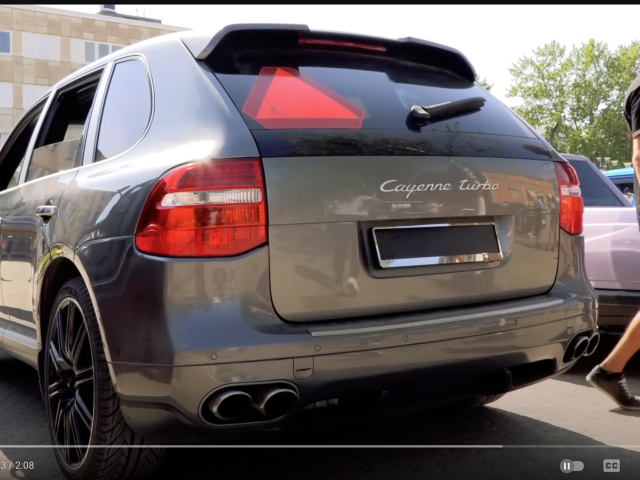Five ways Europe can tackle road deaths
According to new figures, published today, there were 20,600 road deaths in the EU last year, a 3% increase compared with 2021. But a reduction of 10% from 2019 which was the last year before the Covid-19 pandemic.
The European Transport Safety Council is recommending five measures that the EU and European governments should consider implementing to help reach the target of halving road deaths and serious injuries over the decade to 2030.
- Boost levels of traffic enforcement to mitigate major risks such as speeding, drink- and drug-driving and distraction
Effective enforcement of existing road traffic laws is an immediate, simple and straightforward way of improving road safety. Enforcement of drink-driving has decreased in many European countries in recent years, and checks on vehicle speed, seatbelt wearing and distraction from mobile devices vary widely across the continent. On the EU level, an upcoming revision of the cross-border enforcement directive, due next month, needs to ensure that every offence committed by a non-resident driver is followed up.
- Boost investment in cycling and walking, modes that do not increase risks for other road users
In recent years, rates of cycling and walking have started to increase in many countries. But deaths among these groups have also stagnated or increased while those of other groups, such as car users, declined. The link between increased rates of cycling and increased numbers of cyclist deaths needs to be broken through a significant increase in investment in infrastructure such as safe, joined-up networks of separated cycle lanes. The EU is requiring larger towns and cities to commit to developing Sustainable Urban Mobility Plans – but more needs to be done to ensure local governments follow-up on these plans with real and lasting changes.
- Make inexperienced drivers safer through changes to driving licences
The risk of a crash is highest for drivers that have just passed their test, with one in five crashing within the first six months of solo driving, according to one study. The European Commission is set to publish updated rules on driving licences next month. ETSC wants to see new requirements for Graduated Driving Licences and more accompanied driving to ensure that new drivers do not undertake the riskiest driving activities during at least their first year on the roads. These include driving at night, driving with a group of young people in the car, and driving after having drunk any amount of alcohol. ETSC is also calling for the Commission not to reduce the minimum age for solo driving in any vehicle category.
- Set appropriate speed limits, with 30 km/h the default in urban areas
The European Commission has suggested EU Member States reduce speed limits as a way of saving lives and reducing fuel consumption and emissions. But much more needs to be done to tackle inappropriate speed, which is directly linked to increased crash frequency and severity. While some countries have made significant changes in recent years, e.g. the Netherlands’ daytime limit on motorways of 100km/h and Spain’s default limit of 30 km/h in all urban areas, much more still needs to be done. The European Commission could help by making formal recommendations on the appropriate speed for all road types.
- Reverse ineffective application of new vehicle safety measures
In 2019, the EU agreed to introduce a range of new vehicle safety technologies. But the final technical standards agreed since have included intelligent speed assistance systems that rely on annoying beeps and are likely to be switched off, distraction warning systems that may not detect the most common forms of distraction from mobile phones and infotainment systems, and event data recorders that are useless for safety researchers. ETSC is calling for the technical requirements for all three systems to be urgently reviewed.







